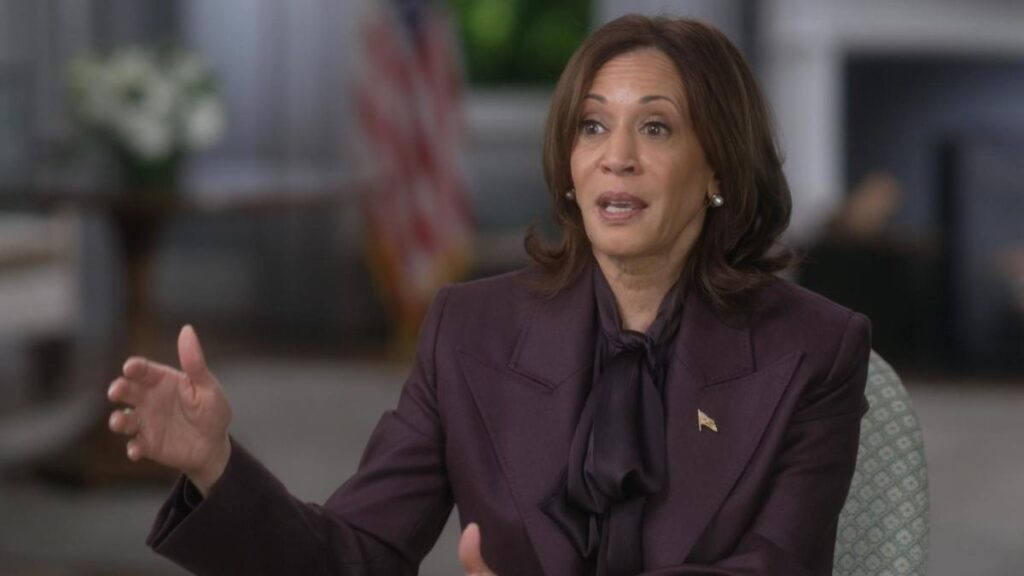Vice President Kamala Harris has been actively campaigning on a commitment to enhance border restrictions, especially as Republicans criticize the Biden-Harris administration’s immigration record. In a significant move, Harris visited the U.S.-Mexico border for the first time as the Democratic presidential nominee in late September. During her visit, she endorsed President Biden’s recent immigration measures aimed at asylum seekers, which coincided with a notable reduction in border crossings. Harris articulated her intention to escalate these efforts further, indicating a proactive approach to what has long been a contentious issue in American politics.
The immigration crisis is not a recent phenomenon; however, the Biden-Harris administration has witnessed unprecedented numbers of undocumented immigrants entering the country in its early years. This surge followed the relaxation of pandemic-related immigration policies and restrictions. Harris confidently asserted, “Solutions are at hand. And from Day One, literally, we have been offering solutions,” signaling a readiness to tackle the persistent challenges at the southern border. Her remarks underscore the administration’s attempts to strike a balance between compassion and security in immigration policy, a central theme of the Democratic platform.
Recent data underscores a significant decline in illegal border crossings, with September 2023 reporting the lowest number of crossings during the Biden administration based on internal Department of Homeland Security statistics. Such figures lend credence to Harris’s assertion that effective measures are being implemented, which she attributes to the administration’s focus on addressing the complexities of immigration. This dramatic shift in statistics reflects the potential impact of robust enforcement mechanisms and policy adjustments that the administration has been advocating.
Nevertheless, legislative efforts to overhaul the U.S. immigration system faced setbacks earlier this year when bipartisan proposals stalled in Congress due to political pushback, notably from former President Trump and his allies. Harris emphasized the importance of a collaborative approach, stressing the need for Congress to take action in conjunction with the administration’s ongoing strategies. Her call to action serves as an appeal for unity in addressing an issue that often becomes a flashpoint in partisan politics.
Harris’s role in managing immigration has often been misconstrued by her critics, particularly the labeling of her as the “border czar,” a designation that misrepresents her actual portfolio. President Biden appointed Harris in 2021 to focus on diplomatic efforts that target the root causes of migration, specifically from Central American nations such as Guatemala, Honduras, and El Salvador. This role requires a nuanced understanding of economic, social, and political dynamics in these countries, aiming for long-term solutions rather than solely addressing the symptoms of immigration at the border.
In conclusion, as Vice President Harris campaigns for the presidency, she is tackling immigration, a perennially divisive issue, with renewed vigor. Her approach includes supporting stricter border measures while emphasizing the need for comprehensive immigration reform, a challenge she admits requires bipartisan cooperation. As the political landscape continues to evolve, Harris’s strategy positions her as both a defender of progressive values and a pragmatist willing to engage in the difficult conversations necessary to forge effective immigration policies. This dual approach reflects the broader challenges faced by the Biden-Harris administration as they navigate the complexities of immigration reform amidst ongoing political scrutiny.

